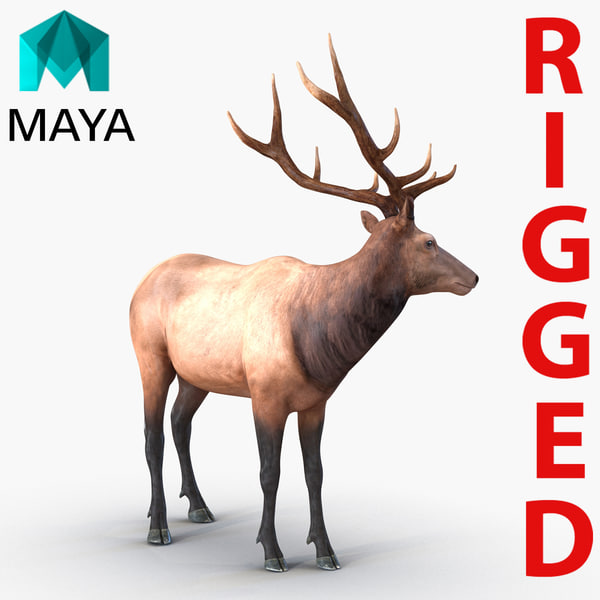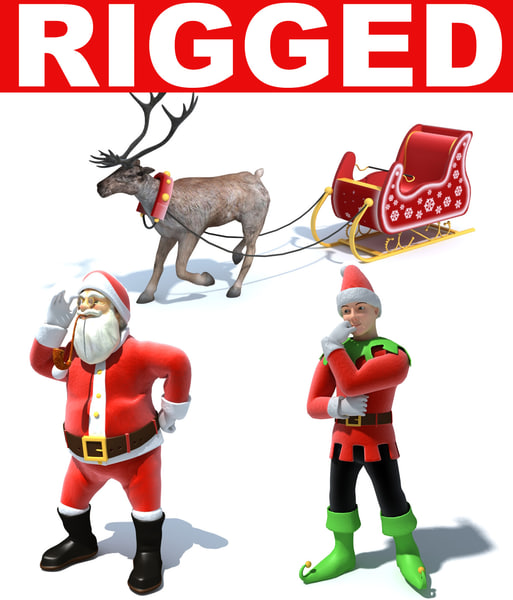At the end of the season, the leading 2 point-earning teams in each area qualify to send a total team to the CNFR. Athletes from each of the 11 regions complete throughout the season for these private and group points. Individual points are awarded for placing 6th-place or greater in each particular occasion.
At the CNFR, no season points are brought over to identify group and nationwide titles. Instead, all nationwide titles are determined through points earned at the CNFR. For additional information on the CNFR, please see cnfr.com.
For additional information on the CNFR, please see cnfr.com.
The concept of the San Angelo Stock Program & Rodeo was first thought up by J. Culberson "Cub" Deal, who was working as the chosen supervisor of the San Angelo Board of City Advancement (Chamber of Commerce). Offer believed San Angelo would benefit more from a spring stock program than a fair, and called a conference with Claude A.
Lee, J. Willis Johnson, Jr., D.T. Jones and County Agent W.I. Marschall. The group was devoted to the promotion of better breeding, and the fattening and ending up of animals, on West Texas cattle ranches and farms. The group chose the significant function would be participation from the 4-H Club Boys and Vocational Agriculture Students in the location.
In the first show, 15 Texas counties were represented and auctions totaled roughly $10,000. In 1934, the occasion transferred to the fairgrounds, due to enhancements to centers and an experimental "infant" rodeo was staged for entertainment. Throughout this year's occasion, 21 counties were represented, 1200 head of animals were displayed and auctions netted $12,500.
In 1934, the occasion transferred to the fairgrounds, due to enhancements to centers and an experimental "infant" rodeo was staged for entertainment. Throughout this year's occasion, 21 counties were represented, 1200 head of animals were displayed and auctions netted $12,500.
The rodeo altered to a professional rodeo in 1955 and a guys's breeding sheep division was added. In 1943, the Fat Stock Program and Rodeo was cancelled due to a fire that damaged most of the centers, along with a demand from the government for all programs, including rodeos be cut.
All things were back up and running in 1944, however only for a short time as the rodeo was cancelled in 1945, the stock show was still held. By 1946, things were back in full swing and continued to this day. The Stock Program and Rodeo Board considered the possibility of adding a fall roping event in May of 1954.
The very first one was kept in 1954. Ultimately the event would grow into what is now referred to as the "Roping Feast" and consisted of events such as a Match calf Roping, Calf Roping, Team Roping, and Guide Wrestling. Following the 1956 show, the Stock Show and Rodeo Board notified the city they were finished with the event, if the city could not provide better fairgrounds, as the facilities remained in a desperate state after a twister and basic wear and tear.
The San Angelo Coliseum was completed in 1959, and unique entertainment was brought in for the annual events. For many years a few of the skill included Rin Tin Tin (1959 ), Johnny Ringo (1960 ), Doc 'n Festus from Gunsmoke (1965 ), Barbara Mandrell and Johnny Rodriguez (1977 ), and Moe Bandy and Reba McEntire (1980 ).
Melba Cox and Cynthia Wittenburg consisting of divisions such as a flower program and needlework. The departments continued to grow in classes depending upon what was popular, including a cooking division, clothing, and pastimes and crafts. Throughout the years, numerous improvements and remodellings were made to the facilities on the fairgrounds.
Through this sales tax, the City of San Angelo was able to renovated the Wells Fargo Structure, build the 1stCommunity Cooperative credit union Spur Arena in 2002 and Livestock Structure # 1 (Cattle Barn) and Livestock Building # 2 (Sheep, Goat and Pig Barn) in 2005. The City is currently in the process of completing an Animals Building # 3, through these funds also.
The Association also hosts a variety of events all year as these facilities are offered to rent year round. This supplies an excellent chance to continue to attract visitors from other locations into San Angelo and assist drive the local economy.
I will always remember the very first time I saw Sonny Look. My family went to Look's Sir-Loin Home to celebrate an unique occasion in 1960, a time before eating out was common or Houston had become a nationwide dining establishment capitol. Not long after the person hosting seated us, a man approached our table, a larger-than-life kind [].
History The name comes from the Spanish verb rodear, "to walk around," or the Latin verb rotare, "to turn. Rodeo suggests roundup, or the gathering of animals (generally cattle or horses) to be counted, examined and branded; as a sport it describes the general public spectacle in which the vibrant components of a roundup exist as a cowboy competition: bronc riding, bull riding, steer fumbling, calf and guide roping (with more current additions such as barrel racing, chuckwagon racing and wild-cow milking), as seen in such yearly occasions as the Calgary Stampede.
Rodeo in N America owes its origin to a variety of historical traditions and entertainment kinds. In the 16th century, vaqueros, Mexican herdsmen, used la reata (rope), clothed themselves in chaperajos (leggings) and tended durable Spanish livestock from the backs of wiry N African riding stock. The 1847 diaries of travelling Irish military captain Mayne Reid offer possibly the earliest rodeo documents of vaqueros roping and throwing steers in the streets of Santa Fe, New Mexico Area.
In the Canadian West, broncobusting was thought about sport at the Military Colonization Business cattle ranch, and rope-throwing competitions were commonplace at the Fort Macleod Agricultural Fair in the 1880s. At the Walrond corral, John Ware is credited with a few of the earliest displays of steer battling in 1892. The very first Canadian rodeo was held in Raymond, Alta, in 1903.
Former American cowpuncher Person Weadick is accountable for promoting Wild West Displays in Canada, and in 1908 took his idea for an annual frontier day event, "leader reunion" and cowboy competition for world champion titles to Calgary. With help from local politicians and businessmen, Weadick accumulated over $100 000 for the first Calgary Stampede in 1912.
WWI stalled the momentum of rodeo competition, but the Triumph Stampede at Calgary (1919) restored cowboy contests in Canada permanently. Rodeo became a yearly international occasion at Calgary in 1923 combined with an exhibit. Rodeo's popularity sparked the development of rodeo organizations in the 1930s, initially with the Rodeo Assn of America (which represented mostly rodeo managers).
Despite routine attacks to reorganize rodeo competition along group sport lines, the standard property of private human strength and precision versus animal and clock has actually stayed. Bull riding, pitting a rider's balance and stability versus a one-ton Brahma bull's impulse to remove the cowboy from its back, officially got in rodeo competitors in 1921.





